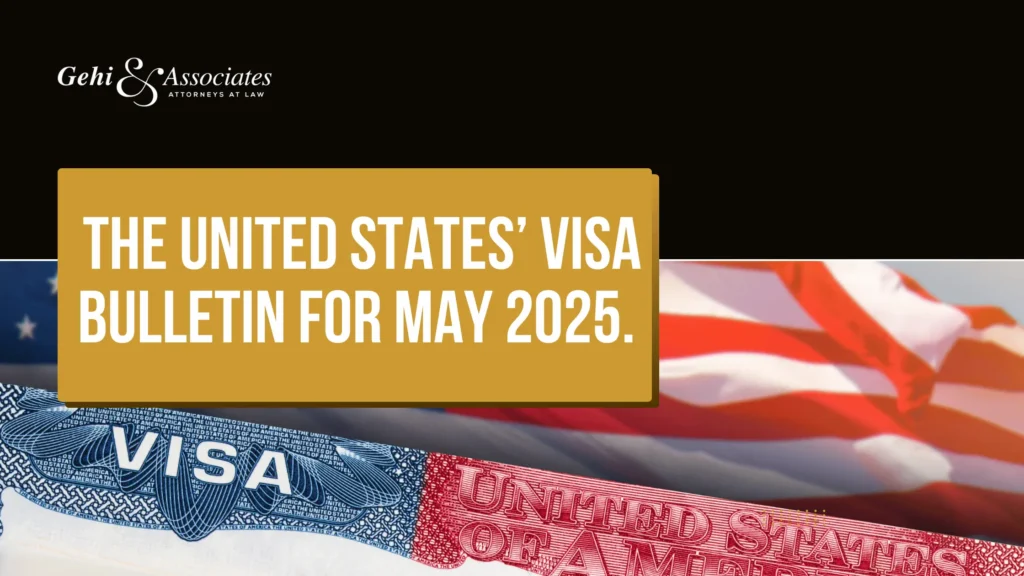Blog Categories
Recent Posts
Practices Areas

Introduction
Most international students in the US have an F-1 visa. This visa is only good for the time they are in school, and once they finish, they can’t stay in the US anymore. When applying for a visa, students need to prove that they plan to go back home after finishing their studies and won’t stick around in the US.
The F-1 student visa lets foreign students study full-time in the US. If you get this visa, you need to be planning to study at an accredited school, like a college, university, or even a language program. You have to be enrolled in a program that leads to a certificate, diploma, or degree, and the school has to be approved to take international students.
You can’t come to the US on an F-1 visa if you actually want to stay permanently. If you try to do that, it is considered immigration fraud, which can get you kicked out of the country and banned from coming back. An immigration lawyer in Fort Worth, TX can help you better understand this kind of immigration fraud.
If you are in the US on a student visa and your situation changes, there might be a way to switch your immigration status and get a green card. If your situation changes while you are on an F-1 visa status, connect with an immigration lawyer in Fort Worth, TX.
Let’s dive into the different options available for that.
Options to the green card status for F-1 visa holders
The US does not restrict international students from applying for a green card, but the process is somewhat cumbersome. An immigration lawyer in Fort Worth, TX, can be of great help. Below are the most common ways through which international students can obtain a green card.
- Apply as a person with extraordinary abilities.
- Change to a dual intent visa.
- Invest in the US.
-
Apply as a person with extraordinary abilities
Most F-1 student visas are in higher education and have special skills. For such talented individuals, the US has a specific visa called the persons with extraordinary abilities green card or EB-1 visa.
The EB-1 visa is for outstanding professors and researchers, those with extraordinary skills in arts, science, business, sports, or education, and executive managers who have worked for a US company’s foreign branch for the last 3 years.
An EB-1 visa allows a person to work in the US in their area of expertise permanently. However, it is tough to get this visa because the requirements are pretty strict. Very few people qualify, making it hard to switch from an F-1 visa to an EB-1 visa. But don’t give up, an immigration lawyer in Fort Worth, TX, can make this transition possible.
Some of the requirements for the EB-1 visa are proof that you have:
- Won an Oscar, Pulitzer, or Olympic Medal.
- Received a national or international award for your work.
- Be a member of a professional group that demands high standards from its members.
- Published research or papers recognized in journals or the media.
- Evaluated the work of others, either alone or in a group.
There are more requirements beyond these. You can learn more by talking with an immigration lawyer in Fort Worth, TX.
To apply for the EB-1 visa, an F-1 international student has two options:
- Have a relevant job available in your field of study.
- Apply on one’s own.
If a job is available, then the company has to sponsor and finance your application while also meeting relevant labor and visa laws. If applying on your own, you are wholly responsible for the entire process and high application fees, with no guarantees of approval. An immigration lawyer in Fort Worth, TX can make everything smoother and easier.
-
Switch your status to a dual intent visa
Not many people can directly receive a green card under an EB-1 visa, so there are ways to do so. One of these is changing status from an F-1 visa to a dual intent visa. A dual intent visa is a temporary work visa that lets you apply for a green card. You can make this change after some time. Dual intent visas include certain H visas, like the H1-B. An immigration lawyer in Fort Worth, TX can help you achieve this.
F-1 students can work in the US for about 12 months after finishing their degree. They have two options for this:
1. Curriculum Practical Training (CPT):
The F-1 student can work at a school, go on practical training (a teaching or research assistant is very common in such cases), begin CPT after studying for 9 months in the US, and continue up to 12 months. With any luck, it would mean that the school decides to sponsor them for a visa, after which, if qualified, they become an Associate Professor.
2. Optional Practical Training (OPT):
The program allows international students to take part in work experience in the US after graduation. Students can work for 12 months in their field of study. After this time, they must return to their home country.
However, if you perform well during your OPT, you may be eligible for a dual intent visa. You can be sponsored by your employer for an H1-B visa. The employer must file a petition on your behalf to the USCIS. These non-immigrant visas cannot be applied for by F-1 students themselves; an employer has to be the initiator in the process.
Having a dual intent visa allows you to apply for a green card. This path is much longer but also much easier to go through compared with getting the EB-1 visa, and many international students take that path.
-
Investment in the US
Investing in the US is another way to get a green card, but it is only for those who have some serious cash. If you put $500K to $1M into a US business and create more than 10 permanent jobs, you can qualify for the EB-5 visa.
The EB-5 visa is basically a green card for rich investors. You have to meet certain conditions to get it, and there are four types of EB-5 visas:
- C-5 visa for investors who create jobs outside of special areas.
- T-5 visa for investors who create jobs in rural or high unemployment areas.
- R-5 visas are available for investors who join an Investor Pilot Program but are not in a special area.
- I-5 visa for investors who join an Investor Pilot Program in a targeted area
While the EB-1 visa is tough to get because of its strict rules, the EB-5 visa is challenging due to the money you need to invest. But if you can swing it, it is one of the best paths to move from an F-1 visa to a green card.
Get help!
If you came to the US on an F-1 visa and want to know how to get a green card, we at Gehi and Associates are here to help. Give us a call to set up a free chat with a knowledgeable immigration lawyer in Fort Worth, TX who can answer your questions and guide you on how to become a lawful permanent resident.
Contact Us
Our law offices in NY offers free consultations, both virtual and in-person, for all legal and immigration matters. To schedule one, please contact us today!










